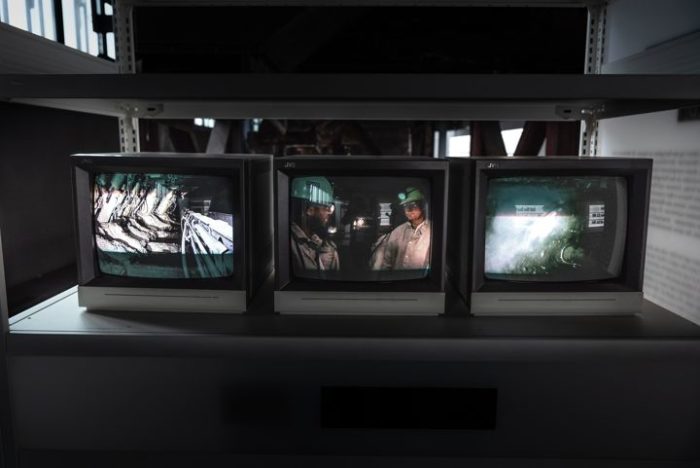
The study “The Impact of Constructive Television Journalism on the Audience: Results from an Online Study” by Roman Rusch and Erk Simon of West German Broadcasting Kim Otto of University of Würzburg, and Detlef Flintz of West German Broadcasting, investigated the impact of constructive television journalism on the minds and emotions of its viewers.
In order to study the impact of constructive journalism – sometimes termed solutions journalism – there were three sample groups in the survey, each consisting of 160 participants (total N=480). All the participants had to complete a shared part of the questionnaire, and were then shown a different video item attached either with an individual solution, a meta-solution and no solution.
All the subgroups were similar in age (adult, 20-69) and gender distribution, and all were from the province of North-Rhine Westphalia. The three news items covered plastic waste, sugar and chicks (chicken hatchlings), of which constructive versions were also shown to those groups.
The effect of solution vs. no solution was that more positive emotions were generated by the video with a solution. With an individual solution, the effect was more pronounced than with meta-solution. The solution also prevented negative emotions: this time the effect was similar with individual and meta-solution.
The news items presented without a solution triggered “significantly more negative emotions such as anger, fear, and cluelessness than the news items with an individual solution” – and the effect remained across topics.
There was variance between the topics – the topic of deliberate killing of male chicks generated most negative emotions overall, while the effect of solution was clearest in the news story about sugar added to food products.
The authors were the first to study the effect of constructive journalism in audiovisual production. They conclude, based on results above, that it fosters positive emotions.
Another interesting – and perhaps worrying – result was that news items that did not contain a solution were rated more credible than those that did. The authors speculate that this may be caused by the historical tendency to focus on negative developments in news reporting (scandals, crises, etc.), thus the ones without solution were more in line with what is typically seen as news.
Cultural factors may have contributed to the results, as previous studies have revealed certain characteristics of German viewers. Hopefully, there will be further studies investigating the topic in other countries.
The study “The Impact of Constructive Television Journalism on the Audience: Results from an Online Study” by Roman Rusch, Erk Simon, Kim Otto & Detlef Flintz is in Journalism Practice. (free abstract).
Picture Old Tvs by Moritz Mentges
License Unsplash.